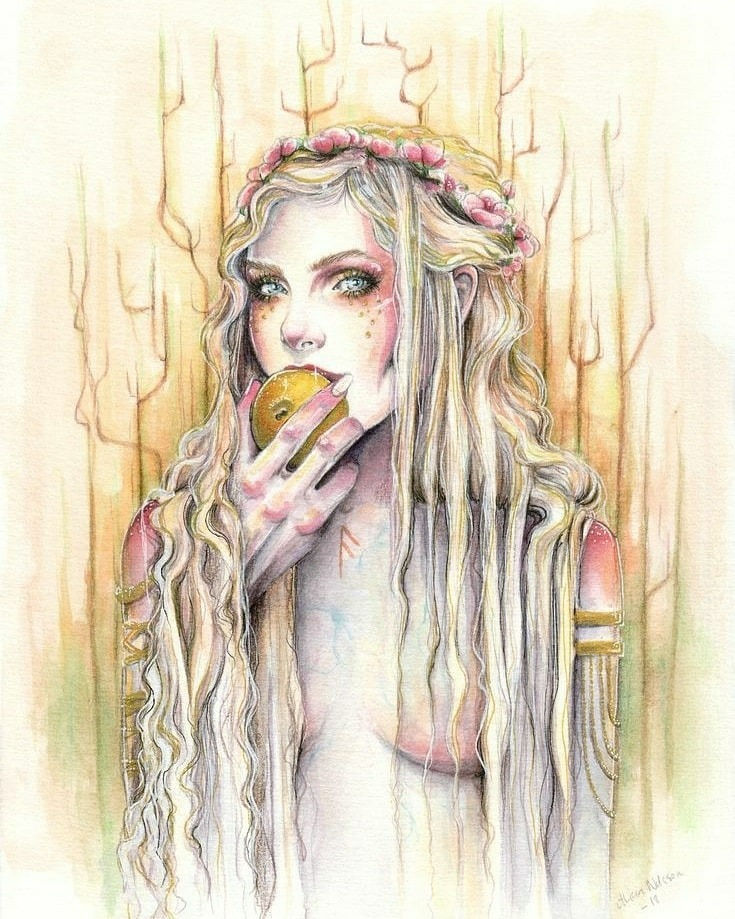The Sword of Freyr.
- Folkish Odinism Dorset
- Nov 13, 2019
- 2 min read
Ingvi Freyr is famous for giving his sword away in later times as noted in the Poetic Edda during the viking age. His sword, often called 'The Summer Sword' was a weapon of great power as it could fight on its own. It is often thought by historians that he gave this sword away to his servant (described in the poetic Edda) as he gave way to Odin becoming the chief of the Gods.
During earlier time periods when our ancestors first came to what was to become England, Ingvi Freyr was known as Ing. Bede (in the 7th century) famously called the English 'The Children of Ing'. Ingvi Freyr was also mentioned in the old English rune poems as God of the East Danes (who were also among the tribes that settled in England).
Recently, I've been thinking about the God Seaxneat. There are literally only about 3 sources for Seaxneat thus we hardly know anything about him. Etymologists tell us that Seaxneat basically means Sword Companion or Sword God. I wonder if Seaxneat was actually a title or pseudonym for the one God famous for his sword 'Ingvi Freyr / Ing / Ingwaz / Frey / Fricca / Ingui '(various names for Ing over the centuries)
This would fit in with Bede calling the 'Englisc' the children of Ing. After all, most of the tribes that came to England were Ingaevones / Ingwines including the Saxons, who specifically mentioned Seaxneat in their texts. The Old English form Seaxnēat is recorded in the genealogies of the kings of Essex.
Seaxneat, written as 'Saxnōt' is attested in the Old Saxon Baptismal Vow along with the Gods Uuoden (Woden) and Thunaer (Thor). It's interesting that this vow places these 3 Gods together. They were also seen together in the 2 accounts of ancient temples: One in Uppsala and one in Iceland (If we take Seaxneat as Ingvi Freyr). In both temples Odin, Thor and Ingvi Freyr were the 3 Gods that took centre stage as huge wooden God poles. Each God represents the 3 different levels of spirit. Ingvi Freyr is for the self, fertility of crops and body etc, Thor is for the 2nd level which focuses mostly on honour and the warrior freeman and finally Odin represents the 3rd level of spirit which mostly focuses on Wisdom, the sacred, duty in war and nobility. This is also represented in the 3 classes of men / social order given to us by Heimdal, You might call it the 3 sides of the Valknut to help you remember.
All of this could explain why so little is written about Seaxneat. Perhaps, only a few saxon tribes used that name in certain circumstances much in the same way Odin has many names. We may never know for sure, as so much information has been lost but I hope this has given you something to think about. Admin Gary






Comments